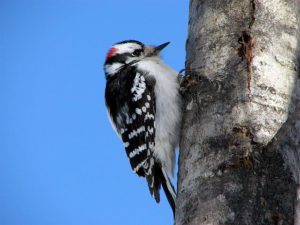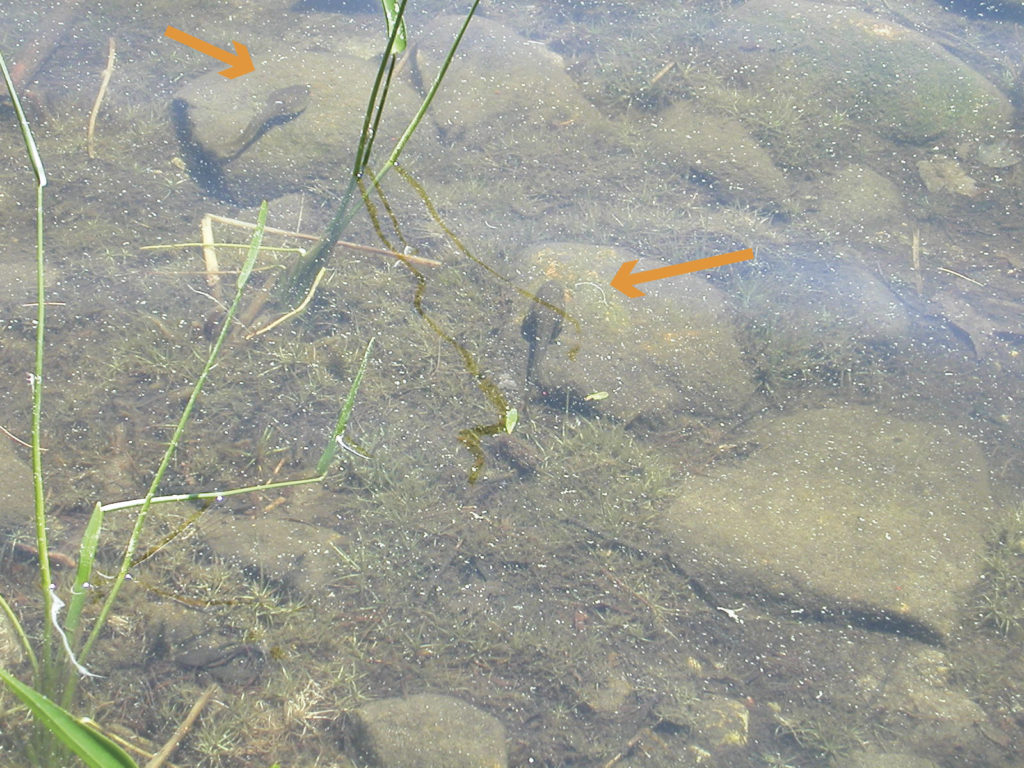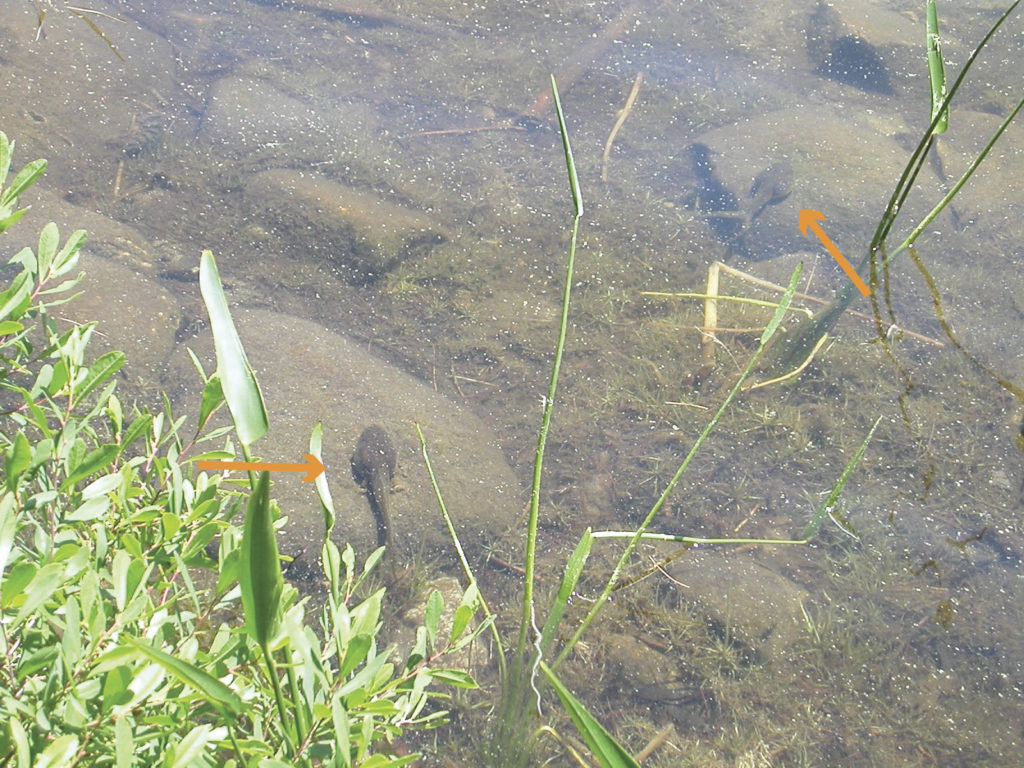The waters of Moose Mountain Pond were unusually clear when I was there Saturday, and I saw lots of these creatures underwater, so ugly they’re cute. The sounds of bullfrogs around the pond told me what these things are. This made me think about how fascinated I was as a child with the bottoms of creeks, rivers, and ponds. My brother and I would spend hours wading in the creek looking at things. It was a parallel universe that I thought about quite a bit, one that I could examine but not really enter. Today I see parents and grandparents tagging along with children carrying little nets, sharing the excitement of the underwater world while teaching the children to be gentle and not harm the objects of their curiosity. Summer is here, finally, and there are all kinds of worlds to explore beneath the surface.
Month: June 2016
Turtle’s Choice
June 17, 2016Woodpecker Archeology
June 10, 2016
The woodpecker archaeological record in Europe is sparse. Woodpecker bones were found with other bird and animal bones at a Mesolithic site in Serbia and I found reference to an atlatl (a primitive spear throwing device) that had a decorative White-backed Woodpecker from an unspecified European site. Where the archaeological woodpecker record is rich is again in North America. Woodpecker skulls and bills were apparently traded. Woodpeckers are found on pottery and shell engravings. Of course, archaeologists in North America have contemporary Amerindians with tribal memories to help them interpret findings and ask the right questions. Some woodpecker designs are stylistic and might be missed without this insight. Another factor is that archaeology in North America typically goes back about a thousand years while Mesolithic Europe was ten thousand years ago. Finally, it should be considered that since pecking wood is the sine qua non of the woodpecker, effigies of the bird might have been carved in wood rather than more durable bone or stone.
Woodpeckers and Weather
June 3, 2016
North American folklore says that woodpeckers predict the severity of the coming winter and that woodpeckers disappear in anticipation of extreme cold. A pervasive belief found in Europe is that the pecking is a sign of rain on the horizon, perhaps because the loud pecking of some species can resemble a distant thunder roll. In this regard, it is interesting that the woodpecker is the bird of the redheaded Norse god Thor, who wields the hammer and lightning bolt. More obscurely, the woodpecker is said to lead an observer to treasure. I have found that birds who bring rain are very often considered treasure birds.
The treasure the woodpecker is most thrillingly believed to lead to is the springwort. The springwort is a reddish root believed to draw down lightning. It can open any closed or locked door. To find the springwort magicians would seal the entrance to a woodpecker nest. The woodpecker would then fly off to find a springwort, but would be induced to drop the plant when he returned and found that the seal had been removed. The springwort sounds like a very valuable herb, but nobody really knows what a springwort is. Jacob Grimm identified it as the Caper Spurge or Euphorbia Lathyris.



